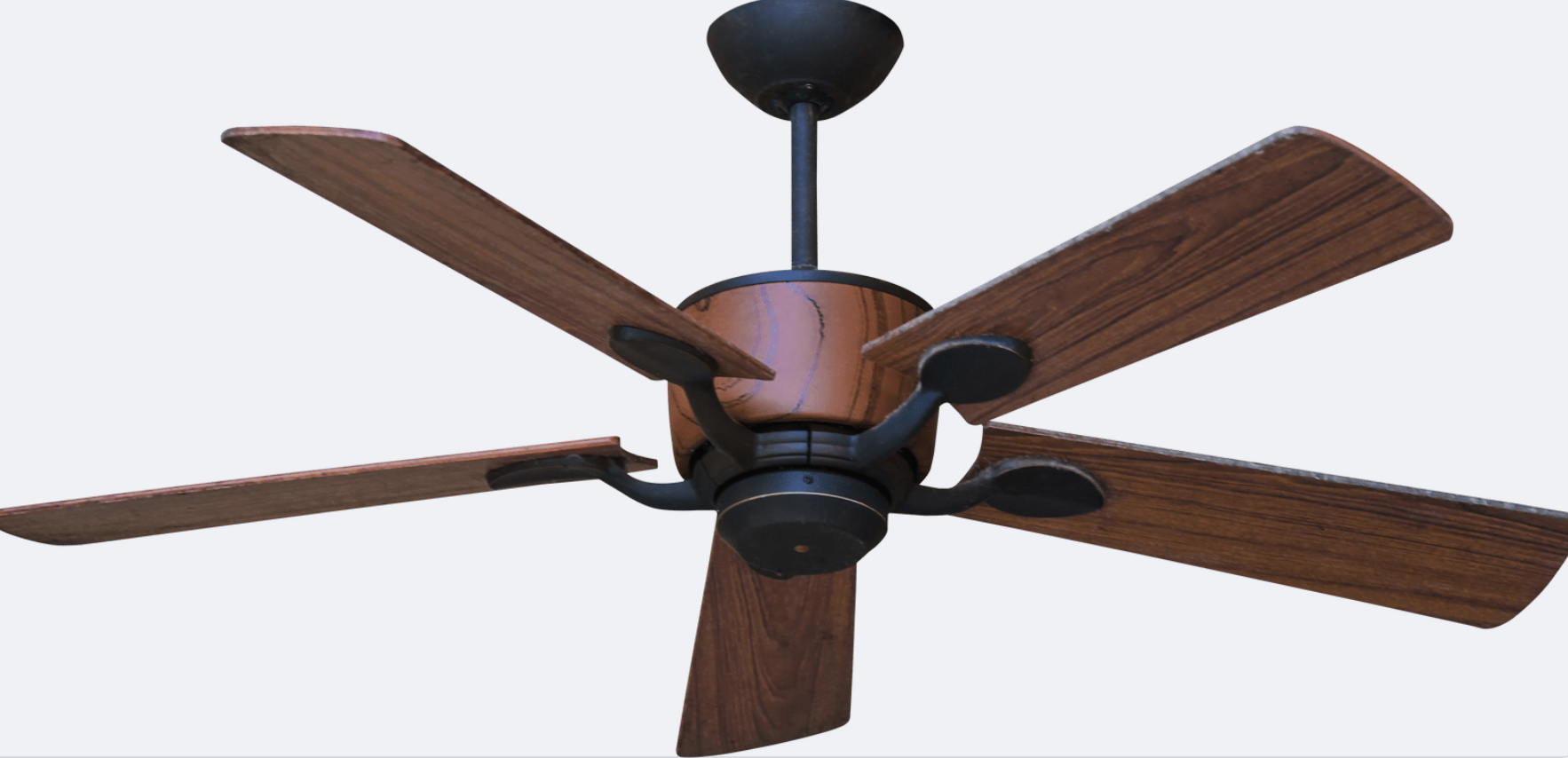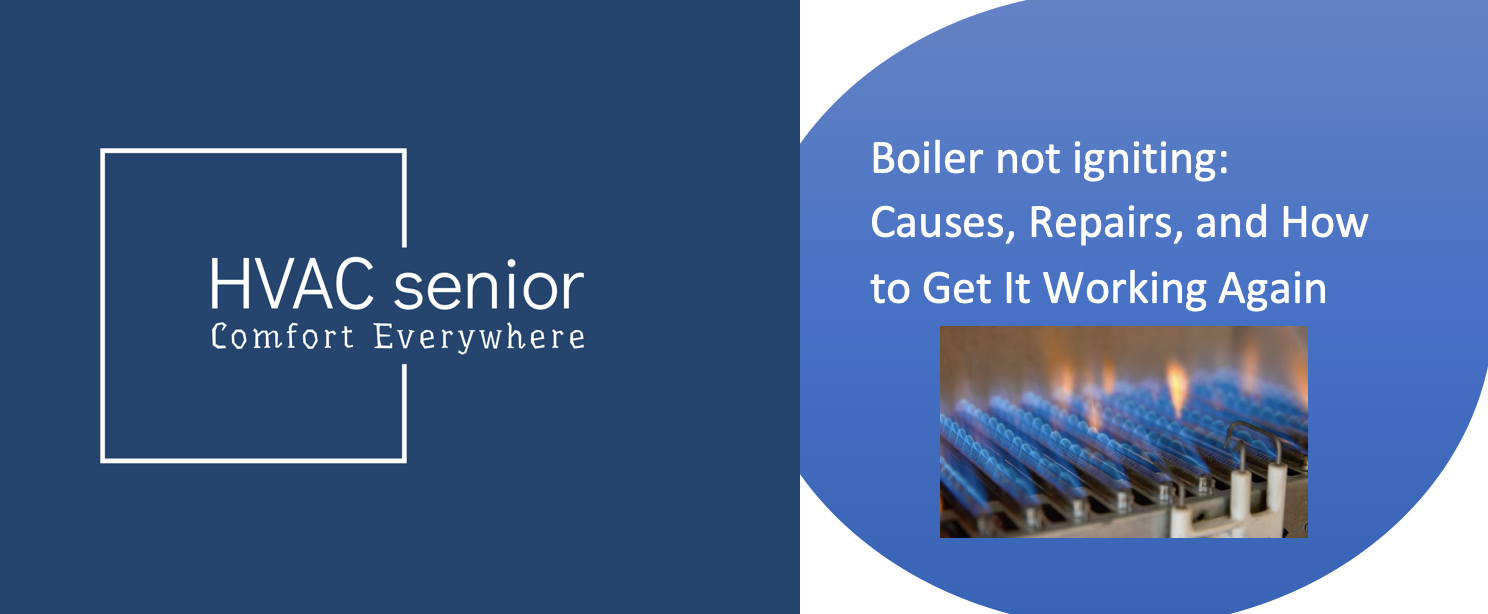Ever found yourself standing in front of your air conditioner remote, deliberating whether to keep it set to High Cool or High Fan? You’re not alone. It’s a confusing pair that many homeowners fixate on — and unnecessarily waste energy or lose comfort because of it.
Let’s break down the difference between High Cool and High Fan in an engaging, easy-to-understand way so you’ll always know which one to pick depending on the weather, your comfort, and your electricity bill.
1. Understanding the Basics
Your air conditioner does more than just blow cold air — it controls temperature, humidity, and air circulation.
High Cool Mode:
When you switch your AC to High Cool, both the fan and compressor are in action. The compressor actually chill the air by removing heat and moisture, and the fan blows that cooled air into your room.
High Fan Mode:
In this mode, only the fan is working and the compressor is turned off. So the air isn’t actually cooled — it’s just circulated around the room.
Imagine High Cool as a cold shower on a warm day, and High Fan as being in front of a windy window — nice, but not actually cooling the place down.
Also read: Ceiling Fan Clicking Noises at High Speed.
2. Why the Difference Makes Sense
| Component | High Cool | High Fan |
| Compressor | ON (actively cools air) | OFF (no cooling) |
| Fan | ON at high speed | ON at high speed |
| Energy Use | High | Low |
| Cooling Effect | Dehumidified and cold air | Room temperature circulating air |
| Best For | Hot and humid days | Mild or breezy weather |
When you set your AC on High Cool, the compressor comes on and off to maintain your chosen temperature, but with high fan speed, it quickly blows the cooled air around the room. That is why High Cool mode is quicker to cool but uses more electricity.
In High Fan, the compressor never runs. So although you’ll have air movement, you won’t experience any actual temperature drop — but your power consumption will be much lower.
3. When to Use High Cool
You’ll use High Cool mode when:
It’s hot and humid outside.
You want to cool down in a hurry.
You want to remove moisture from the air (since the compressor removes moisture).
You’re in a sealed room with minimal natural airflow.
But keep in mind, High Cool uses more power. If you’re running it continuously throughout the day, you might notice an increase in your power bill. One trick is to start it on High Cool to rapidly lower the temperature, and then switch over to a lower fan setting or Eco Mode once you’re comfortable.
4. When to Use High Fan
On the other hand, High Fan is ideal when:
The weather is warm but not too hot.
You just need air movement, not cooling.
You’re trying to save electricity.
You want to ventilate a room — for example, after cooking or when there’s a mild odor.
Most users turn on High Fan mode when air is hot, but many people utilize it at night as temperatures automatically drop. It blows the air around without chilling the room too much, and that can be marvelous for light sleepers or people with sinus issues.
5. Energy Efficiency: The Hidden Cost of Comfort
That’s where it gets fascinating — and where most users fall short.
Supposing you run your 1.5-ton split air conditioner on High Cool for 8 hours, it may use as much as 1.5–2.0 kWh per hour, depending upon the appliance’s rating.
However, High Fan uses a mere 0.1–0.2 kWh per hour, since the compressor (the largest power thief) is not running.
That’s a big difference. Running High Cool every night will double your electricity bill at least compared to running High Fan on less cold nights.
Tip: Try a combination — start with High Cool for 30 minutes and then switch to Fan mode once your room settles. It maintains airflow and saves energy.
6. Comfort vs Cost: Finding Your Balance
Come on, let’s face it: comfort is a personal thing. Some people can’t sleep unless the room is as cold as a refrigerator, and some just need gentle airflow to calm down.
If you’re looking for absolute comfort during a hot summer day, High Cool is your buddy. It delivers that immediate blast of cool air and cools your room into a cozy sanctuary within minutes.
But if you’re a person who cares about electricity bills — or just don’t like cold air, period — then High Fan is an even-handed solution. It doesn’t cool the temperature, but it makes the air feel fresher by increasing air flow and removing stuffiness.
7. The Humidity Factor
Here’s something that is forgotten by many users: humidity affects how you perceive temperature.
When it’s a hot, humid day, the air’s heavier and warmer because it’s full of all that moisture. High Cool mode will remove the moisture from the air and leave you with fresh, comfortable air.
When it’s dry, windy day, you don’t need as much drying out — High Fan mode will do the job just fine without wasting energy.
So, make humidity your guide:
High humidity: Select High Cool
Low humidity: Use High Fan
8. Noise Levels: Which Is Quieter?
Here’s a real-life factor to consider — noise.
In High Cool, there’s fan and compressor operation, hence the AC is more noisy.
In High Fan, only the fan runs, hence it is quieter.
If you’re the type that is easily annoyed by humming or vibrating, High Fan during nighttime will make you sleep better.
9. Maintenance Impact
Running your AC in High Cool more often puts more strain on the compressor. Over time, that can lead to faster wear and tear if you’re not servicing your unit regularly.
Meanwhile, using High Fan occasionally can help circulate air and prevent musty odors when the AC hasn’t been used for a while.
Tip: Filter clean every two weeks if using High Fan frequently — because there’s continuous air flow, dust builds up quicker.
10. The Verdict: Which Mode Wins?
There isn’t a one-size-fits-all solution — it all depends on your objectives:
| Your Goal | Best Mode | Why |
| Quick cooling | High Cool | Compressor dissipates heat quickly |
| Lower energy bills | High Fan | Ilures low power consumption |
| Reduce humidity | High Cool | Dehumidifies the air |
| Improve air circulation | High Fan | Keeps air circulating |
| Night comfort | Start with High Cool, then switch to High Fan | Balanced method |
Short version:
Use High Cool if you need cooling.
Use High Fan if you just want to have air flow.
Also read: Ceiling Fan Size Guide.
Final Thoughts
Your air conditioner is more than an appliance — it’s a comfort tool. It pays to learn when to use High Cool versus High Fan so you can enjoy that comfort in a smart and cost-efficient manner.
The next time you grab your remote, don’t just push buttons for buttons’ sake. Ask yourself:
What’s the outside temperature?
Do I need cooling or just air flow?
Am I okay with a slightly warmer room if it costs less?
Once you’ve answered those questions, you’ll know exactly which mode to use — and your AC (and power bill) will thank you.















